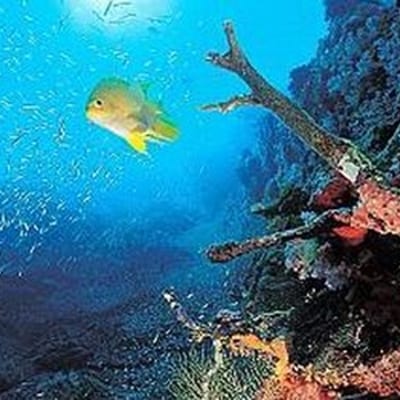The ROV your organization uses makes a difference when it comes to what you are able to do and where you can go. Earlier this year, the National Oceanic and Atmospheric Administration (NOAA) announced that it will survey the floor of the Atlantic Ocean using an unmanned vessel that reportedly offers more functionality than a standard ROV.
This device is being launched from the Okeanos Explorer, a special ship "dedicated solely to exploration," according to the organization's website. The ROV, called Deep Discoverer, is capable of exploring thousands of feet underwater and has been used to obtain footage of important aquatic environments in and around North America, from the Gulf of Mexico to Norfolk Canyon, off the coast of Virginia.
Some of the Discoverer's findings include a special species of bright pink coral and the habitats of different species of sea life. In the official Mission Introduction on the NOAA website, the organization said that it would be attempting to learn more about the oceanic geography surrounding the continental United States.
"Despite the role that oceans play in supporting our well-being, 95 percent of the ocean remains unexplored," the statement reads. It also outlines the mission, saying that it "plan[s] to explore several seamounts and submarine canyons, deep-sea coral habitats, and potential chemosynthetic communities, all within in a couple hundred miles of some of the most densely populated sections of the U.S."
Missions of this duration and intensity require equipment that can withstand the journey, and ROV insurance to cover damages incurred in the field. After all, it can be difficult to repair expensive devices while journeying to the next mission site.

